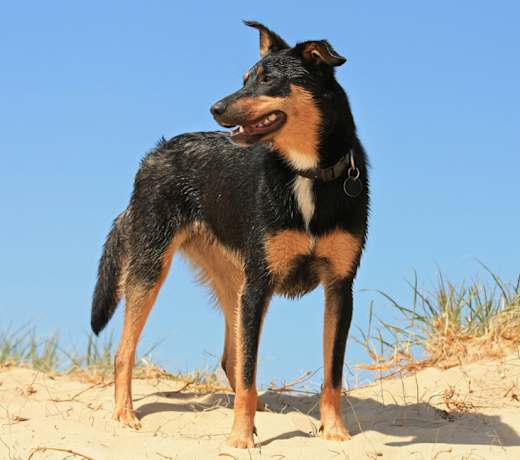The easiest way to adopt an Australian Shepherd is through a rescue that specializes in Australian Shepherds. A great place to start is by starting a breed search on Adopt a Pet. The search will show you all the available Australian Shepherds in your area.
Adopt An Australian Shepherd
37 available Australian Shepherds near you
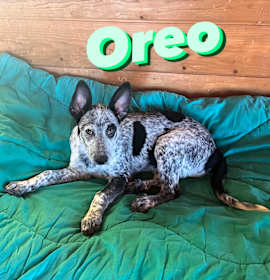
Oreo
Australian Shepherd
Male, puppy
Los Angeles, CA

SUGAR
Australian Shepherd
Female, adult
Los Angeles, CA

Carhartt
Australian Shepherd Mixed Breed (Medium)
Female, 7 mos
Los Angeles, CA
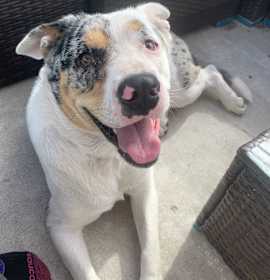
Queen
Australian Shepherd American Staffordshire Terrier
Female, 5 yrs
Studio City, CA
Needs experienced adopter
House-trained
Shots are up-to-date

Berri
Australian Shepherd
Female, 5 yrs
Valley Glen, CA
Good with dogs
House-trained
Spayed or Neutered
Shots are up-to-date

Louie
Australian Shepherd
Male, young
Valley Glen, CA
House-trained
Spayed or Neutered
Shots are up-to-date
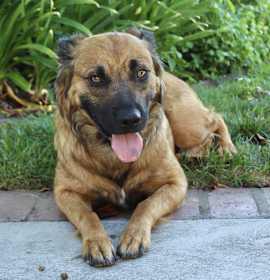
Maggie
Australian Shepherd Shepherd (Unknown Type)
Female, 2 yrs 1 mo
Valley Glen, CA
Good with dogs
House-trained
Spayed or Neutered
Shots are up-to-date

Goose
Australian Shepherd
Male, 2 yrs
Valley Glen, CA
Good with dogs

Senji
Australian Shepherd
Female, young
Los Angeles, CA

Lina
Australian Shepherd Border Collie
Female, young
Los Angeles, CA
Shots are up-to-date

Kai
Australian Shepherd German Shepherd Dog
Male, adult
Van Nuys, CA
Good with dogs
House-trained
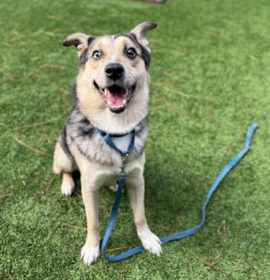
AUGIE
Australian Shepherd
Male, 3 yrs 11 mos
Van Nuys, CA
Search for Australian Shepherd puppies and dogs
Find adoptable Australian Shepherd by Beverly Hills, CA
Animal shelters near Beverly Hills, CA
Adopting a Australian Shepherd
Frequently asked questions about acquiring an Australian Shepherd - the pros and cons of adopting versus going through a breeder, and associated costs.
The cost to adopt an Australian Shepherd is around $300 to cover the expenses of caring for the dog before adoption. In contrast, buying an Australian Shepherd from breeders can be prohibitively expensive. Depending on their breeding, they usually cost between $600 and $1,500.

